A Vision Zero Plan is underway to improve pedestrian safety in OKC. Here's what we know
It was four summers ago when Chelsea Banks, out for a routine walk in her Uptown 23rd neighborhood, was crossing the street at NW 23 and Walker — when a car struck her. The driver of the car, Banks remembered, had not yielded to her when she was trying to cross the intersection and instead turned into the pathway anyway.
As president of the Uptown 23rd District Association and the Ward 2 representative for Oklahoma City's community development committee, Banks has long been an advocate for increased walkability and pedestrian safety in the city. Actually getting hit by a car, though, made the issues even more important to her.
“I’m 5’1” and hardly 150 pounds, so it’s not like I’m ever going to stand a chance against a ton or 2-ton vehicle, you know?” she said. “There’s never going to be a fighting chance for me if the conditions were just wrong. Luckily for me, most of the conditions were wrong except for in the instance of the timing being in my favor, so I was able to escape what could have been a really fatal situation.”
Banks escaped that situation with mostly minor injuries, but many haven’t been that fortunate.
Just a year before Banks’ accident, a prominent chef riding his bicycle was struck by a car and left for dead near NW 16 and Classen. The driver fled the scene after dragging the bicycle for several blocks.
And just last year, a woman in a wheelchair was killed after being struck by two different vehicles along Portland Avenue. Neither driver stopped.
These types of tragic collisions are exactly what Banks and other leaders in Oklahoma City want to prevent with the upcoming Vision Zero Plan, an ambitious data-driven strategy aimed at eliminating all traffic fatalities and severe injuries.
"Vision Zero is really awesome because it comes from the perspective that we can eliminate all deaths on public roadways," said Banks, who serves on the project's advisory board. "There’s a lot of different achievements and metrics that different cities have put out to work toward this goal of zero deaths on public roadways. Oklahoma City is in the process of building ours."
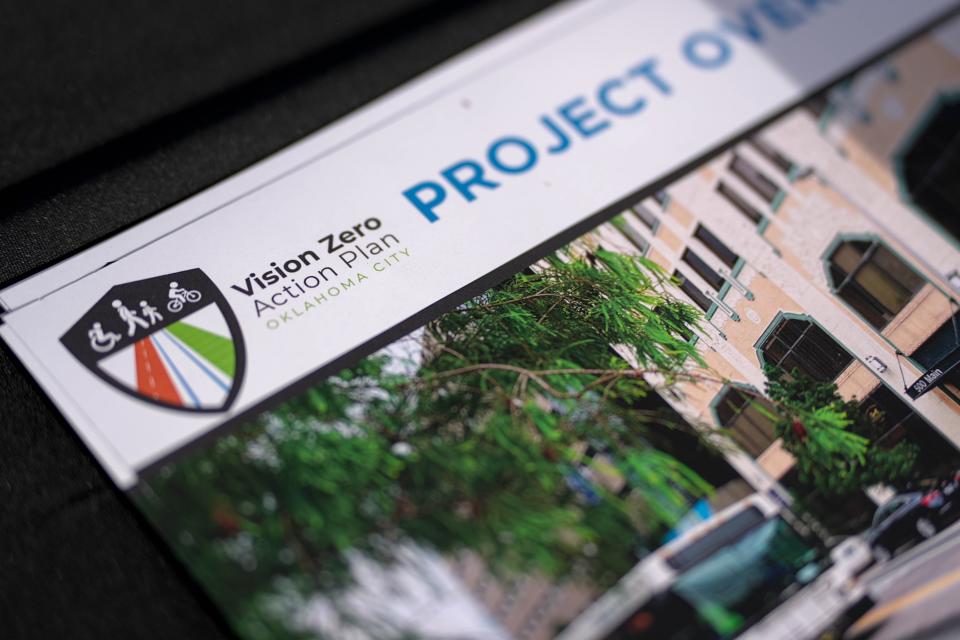
Related: What are the most dangerous roads and intersections in OKC? The worst might surprise you.
OKC's Vision Zero Plan seeks residents' help
Plans with the same name and goal have been adopted in other major metropolitan areas throughout the United States and around the globe, with the earliest implementation seeing success in Sweden during the 1990s. Sweden now has a traffic fatality rate of 22 people per million in the population, while Oklahoma City’s rate is 146 per million people, according to spokespeople with the city.
Between 2016 and 2020, at least 402 vehicle-involved fatalities on Oklahoma City streets were reported. Traffic deaths on Oklahoma City roads have increased by 34% over the past five years, with 99 fatalities reported in 2021, according to the city. Researchers say that most deadly auto-related accidents happen on streets with limited lighting or with speed limits of 45 mph and higher.
Oklahoma City was awarded an $800,000 action plan grant last year from the U.S. Department of Transportation as part of the federal Safe Streets and Roads for All program. The competitive grant, combined with $200,000 in matching funds from the city, launched the creation of the city's Vision Zero Plan. The project team says its webpage is off to a good start already, with more than 400 engagements, but they need all of the data they can get.
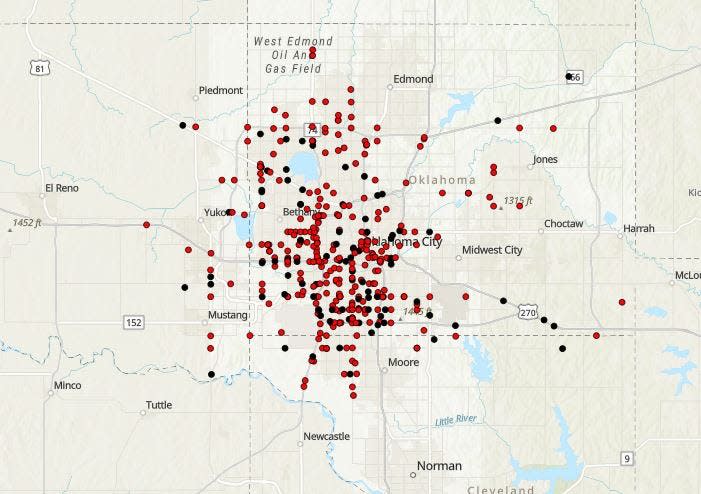
Residents are encouraged to take an online map survey or fill out a questionnaire form at vision.okc.gov/vision-zero. The map survey allows participants to "drop a pin" on specific locations in need of safety improvements, while the written survey asks questions about broader transportation safety.
Results from the surveys will help staff implement strategies to make transportation safer and, they hope, eliminate fatal crashes on Oklahoma City streets.
Planners and consultants with the city held pop-up events during a recent Juneteenth celebration on NE 23 and a Mid-Week Farmers Market in Lower Scissortail Park. But Justin Henry, a transportation planner with the city, said public workshops would also be scheduled at libraries and other locations soon.
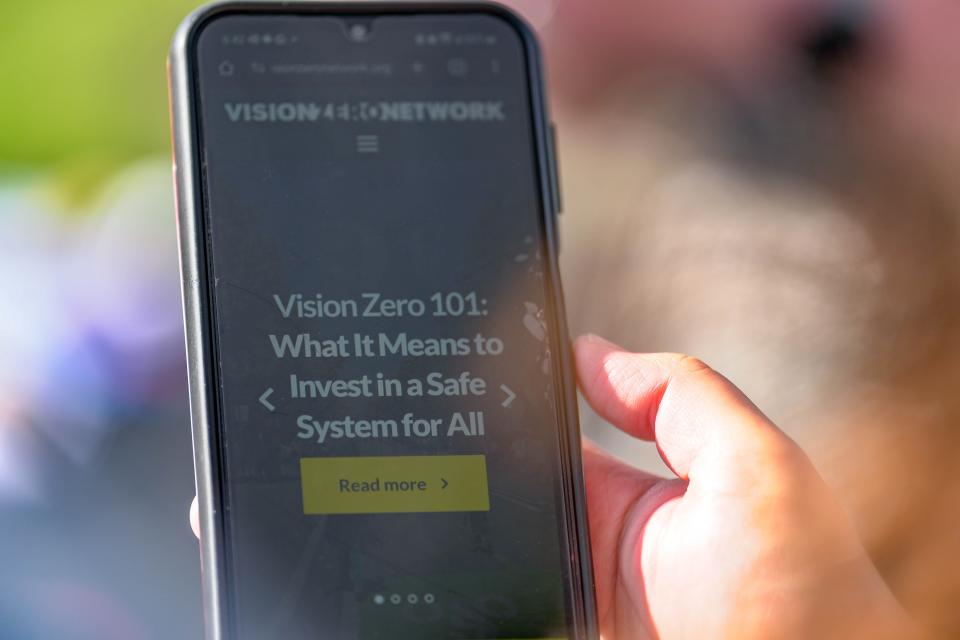
"We’re really trying to keep the engagement going through most of the summer," Henry said. "We have a lot of data to work with — data about where collisions are happening, some of what was written on police reports about contributing factors — but we really think that the context we can get from the public can really help describe it. So if we’re seeing there’s been several accidents at a location, but the public tells us that, ‘Oh yeah, we regularly see speeding here on the weekends,’ or something like that, it will really help us target what the solution might be."
To spread awareness of the project and increase feedback, planners also are providing the surveys in Spanish and Vietnamese. Henry said the translated materials were an additional step taken after learning from the public engagement process during updates to the city's bike/walk OKC plan, where staff heard concerns from state lawmakers, including the young south OKC Rep. Arturo Alonso-Sandoval, about how to better incorporate input from the city's immigrant communities.
"It’s a harder community to reach a little bit because they just use slightly different forms of media," Henry said of the Hispanic-majority population residing in the city's south side. "But even right now looking at the map, there’s still just not enough context and comments in the near-southside, which we know just doesn’t jive with the data. There’s a lot of streets and intersections down there that have a lot of collisions, so we know they probably have good information to feed back to us."
Related: OKC looking for input on city projects, community needs in new feedback site
The city's Vision Zero project dovetails with a similar, broader effort by the Association of Central Oklahoma Governments to develop a regional safety plan for cities and communities in several central Oklahoma counties. Hannah Nolen, ACOG mobility and planning manager, said the association is working with the city on how to address overlapping concerns with crash histories.
"The top 3 issues officially that we’re seeing are unsafe speeds, failure to yield and driver inattention," Nolen said. "I feel like if you ask anybody on the street what they think the biggest transportation safety problem is, I feel like they would say ‘driver inattention.’ And it’s one of those things where, even though it’s the third top factor, we really think it could be higher, because ‘driver inattention’ has trouble with reporting. If there are multiple causes for a crash, the officer might put something like speed first, and we might not catch that driver inattention really was a problem in that crash."
What issues could Vision Zero target?
Solutions for issue areas in the research could mean anything from more physical engineering in the built environment (such as increased signage, bike lanes and other traffic-calming measures) to better enforcement and education strategies.
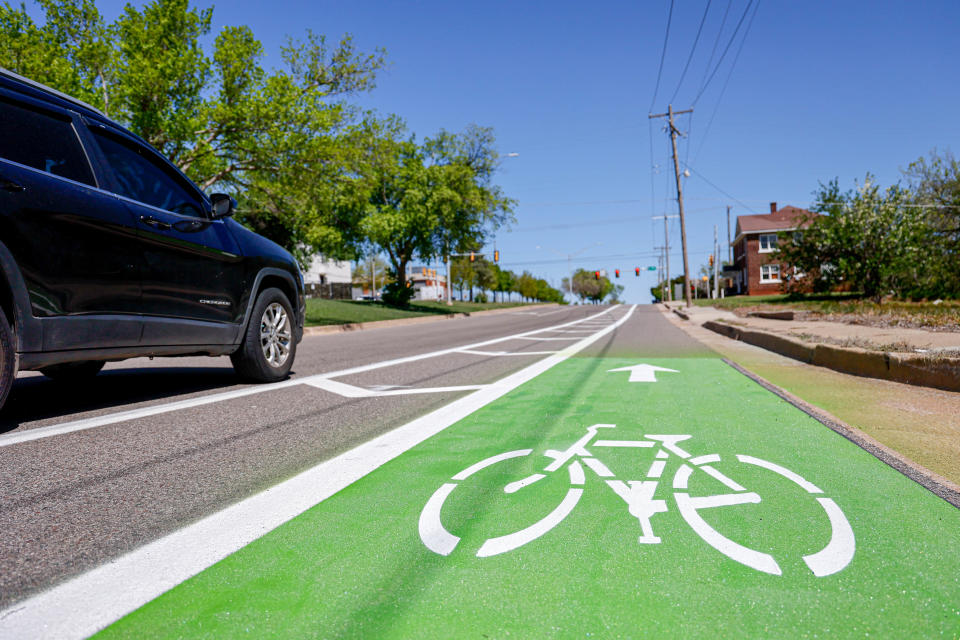
More: Safe Streets grants are supposed to save lives. Why are they missing so many deadly roads?
Staff with ACOG and the city acknowledged they were seeing issues with receiving more recent crash history data beyond 2021 because of the layers of agencies the data has gone through. The switching of data compilation responsibilities from the state's highway safety office to Service Oklahoma, a new customer-facing agency, has contributed to the delays.
“While the state doesn’t have the latest data available, we are still looking into our own internal police reports to help inform the plan, as well,” Henry said.
To planners, this makes the public engagement process even more important. Once the feedback phase of the project is complete, the Vision Zero team will analyze city roadways and recommend to the Oklahoma City Council an action plan for adoption, which they hope to present later this year.
Actionable goals with a target deadline are still being developed. Sasha McCrone, another member of the project's planning team, said opportunities for additional federal funding with the plan will arise.
"We're trying to develop the plan really quickly, because there's a certain window of time to be able to apply for an implementation grant," McCrone said. "But that grant would help make the process smoother and more efficient."
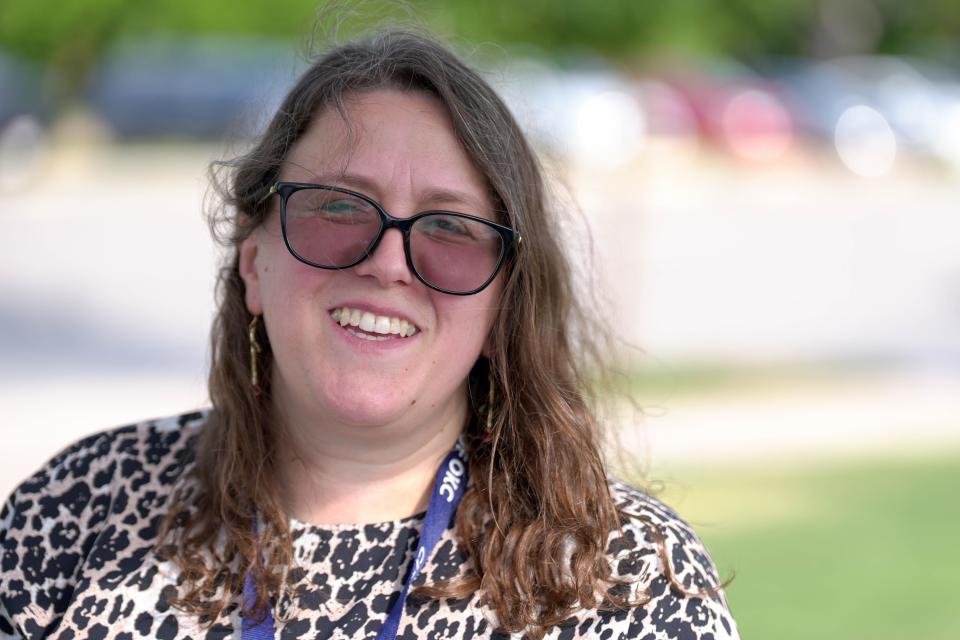
For Banks, who also serves on the city's MAPS 4 advisory board, it's "a duty and a gift" to represent her community. She sees the Vision Zero Plan as a promising sign that officials are heeding calls for better and safer accessibility for pedestrians and cyclists around the city.
"The fact that Oklahoma City is even considering adopting a plan like this and making it a priority tells me that they're listening and that this is of value," Banks said. "And I think that as we’re looking at developing Oklahoma City for the future for the next 25, 30, 50 years, if we’re not considering more sustainable development, which includes humans having better access to their needs without a vehicle, we are missing the point."
More: How reverse-angle parking in OKC's 39th St. District could affect neighborhoods in the future
This article originally appeared on Oklahoman: OKC leaders developing plan to bring traffic fatalities to zero

